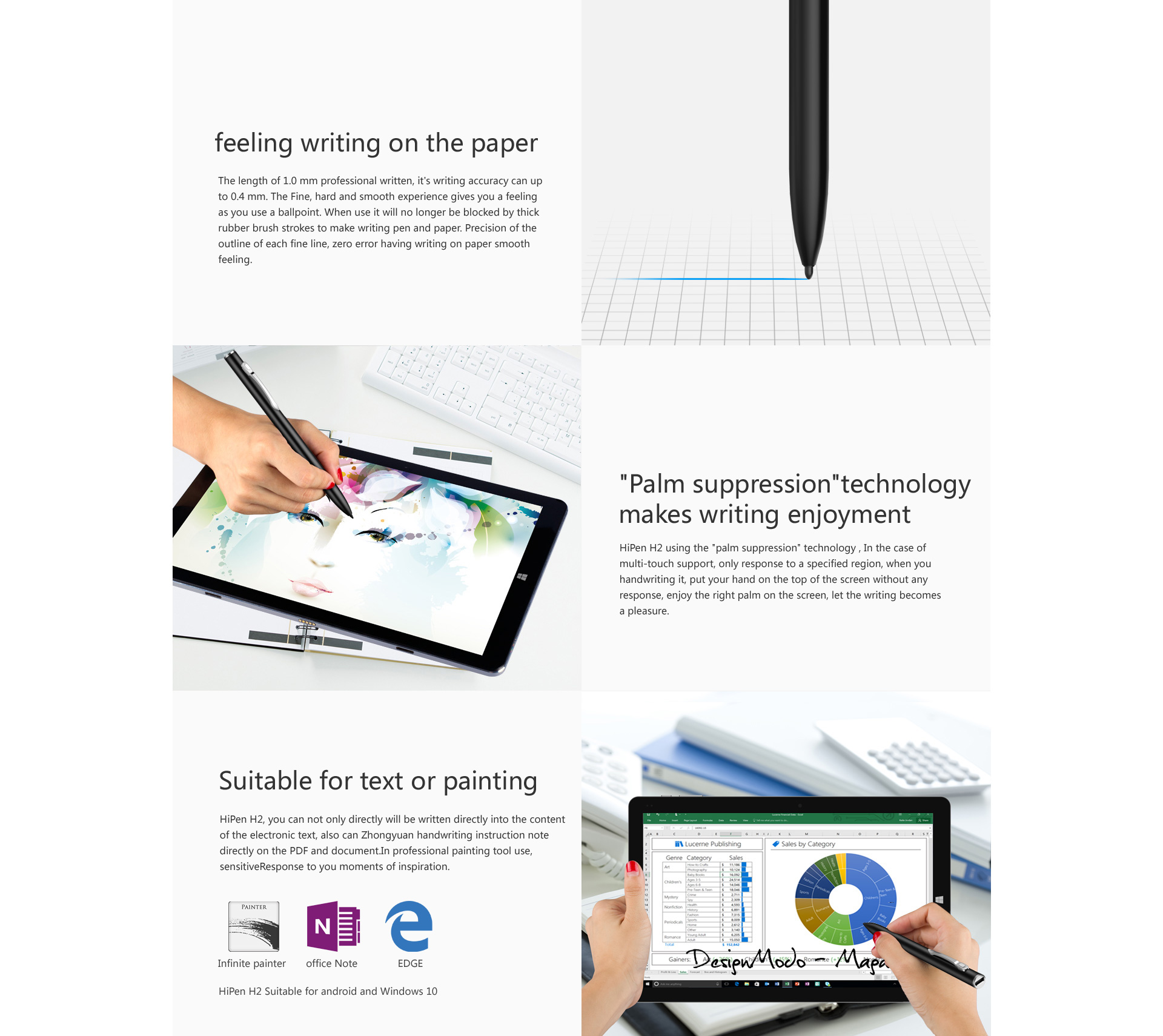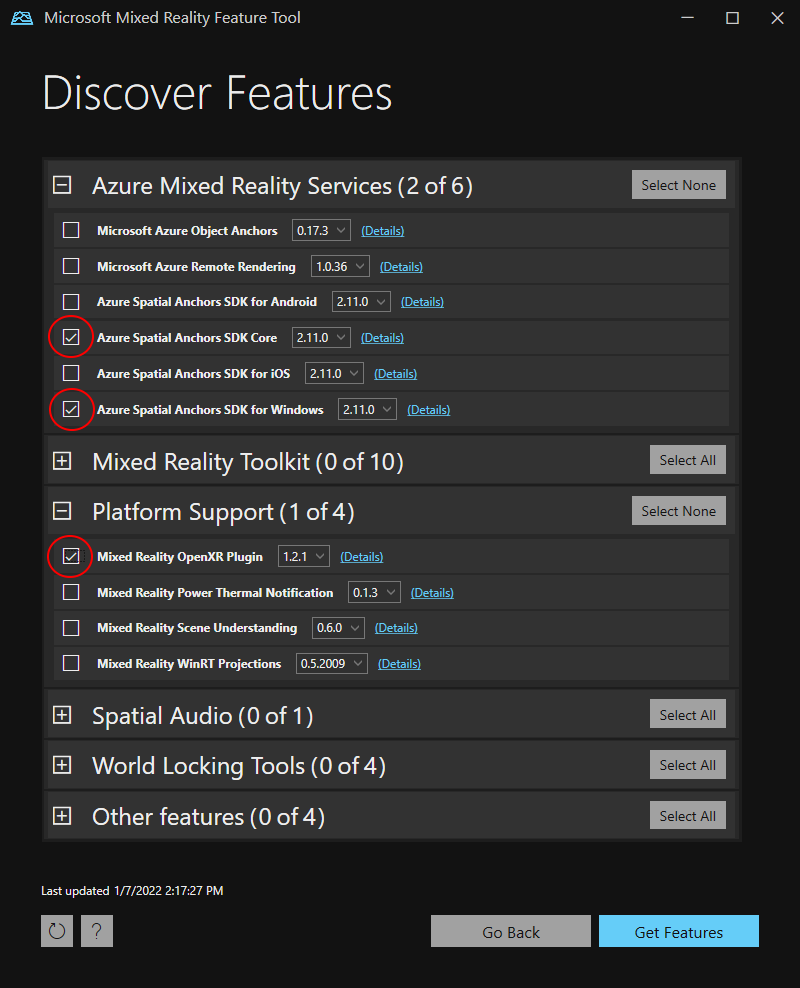

If an application has more options than can fit on the screen, you'll see an icon that looks like three vertical dots tapping that icon will bring up a list of additional functions relevant to your current activity.
#Android multi tool instructions android#
As of Android 4.0, the Menu button is a thing of the past: All options and commands now appear on-screen instead of being hidden away like they were with previous-generation devices.Īn icon that looks like three vertical dots contains additional functions relevant to your current activity. If you've used Android before, you might be wondering what happened to the Menu button. You can also swipe left or right on any app to dismiss it and remove it from the list.

You can tap the button from anywhere in the system to get a list of recently used apps, then tap on any app to jump directly to that program. The Recent Apps button - a new addition to Android 4.0 - allows you to multitask and switch among recently used applications. The Home button, which looks vaguely like a house, returns you to your home screen. The Back button, which looks like a left-facing arrow, takes you back one step from wherever you are. The Recent Apps tool allows you to multitask and switch among recently used applications. Navigation buttons: Instead of relying on a phone's physical buttons as in previous versions of Android, ICS has three main navigation buttons built into the interface at the bottom of the screen: By default, the tray includes commonly used items such as your Phone app, People app, Messaging app and Browser, with an icon for launching your app drawer in the center - but you can customize it to include any items you want.

Android 4.0 gives you five home screen panels just swipe left or right to move to the next or previous panel and access whatever you've stored there.įavorites tray: The Favorites tray is like a dock for your home screen: The shortcuts or folders placed there stay present as you swipe from one panel to the next. Home screen: You can fill this area with any combination of app shortcuts, folders and live, dynamic widgets ( more on those in a bit). You can tap here and begin typing a search term, or tap the Voice Actions icon on the right to initiate a voice search or perform other voice commands. Search bar: Android 4.0 features a Google search bar at the top of every home screen panel. On its right, you'll see the current time along with your battery level and data connection status on its left, you'll see alerts and notifications, which have gotten a serious boost in Android 4.0. Status/Notification bar: The status bar always sits along the top of your phone's screen. The Android 4.0 home screen has a completely new design and several new features. Follow along for a guided tour of the Android 4.0 home screen.

If you've used Android before, the first thing you'll notice is how different the home screen looks in the 4.0-level release: With Ice Cream Sandwich, Google phased in a completely new graphic design, revolving around a blue-and-gray "holographic" interface and a custom font called Roboto.Īppearances aside, some things work a little differently in ICS than they have in the past.
#Android multi tool instructions how to#
And the accompanying cheat sheet provides quick reference charts that show you how to perform an array of tasks in Android 4.0.Īs with past versions of Android, the heart of Ice Cream Sandwich lies in its home screen it's the main way you'll get around and get things done. This guide has all the info you need to get comfortable navigating through Android 4.0 and utilizing its updated features. Not to worry, though: We're making your ICS transition easy. Like any major OS update, Android 4.0 can require a bit of adjustment, whether you're coming from a previous version of Android or from another smartphone platform. It introduces a host of powerful features, too. Android 4.0 gives the platform a unique visual identity and a long-overdue coat of polish. Ice Cream Sandwich (ICS), late last year, Google ushered in a new era for its mobile OS. In the span of three and a half years, Android has evolved from a rough and limited newcomer into a sleek and polished platform that dominates the smartphone market. In the world of mobile technology, things change fast - and there's no better example than Google's Android operating system.


 0 kommentar(er)
0 kommentar(er)
